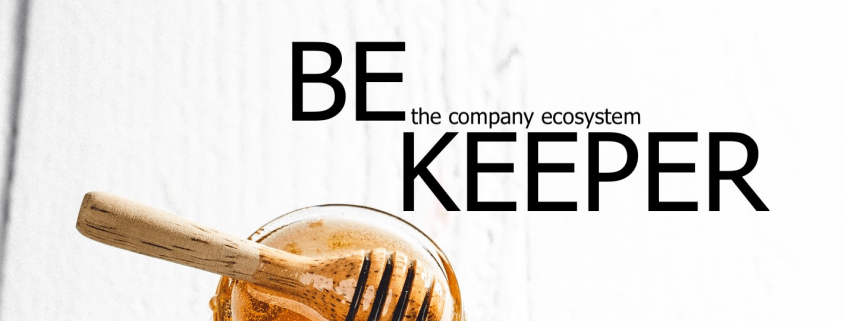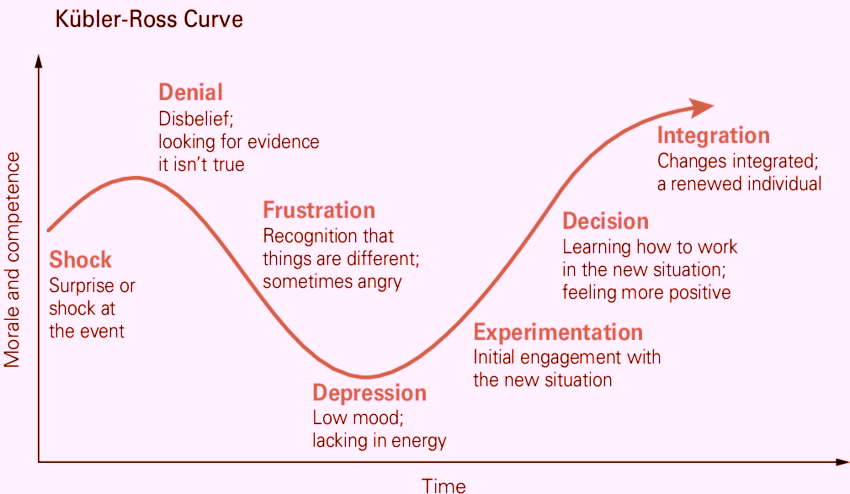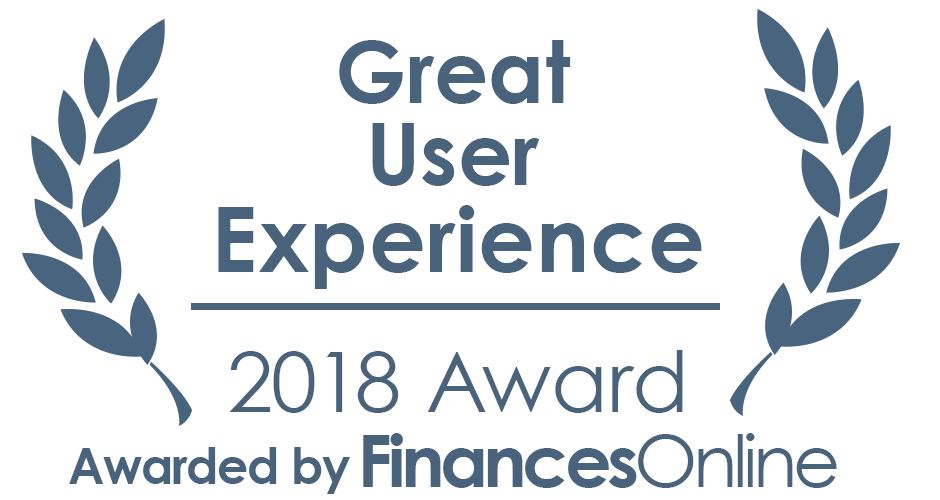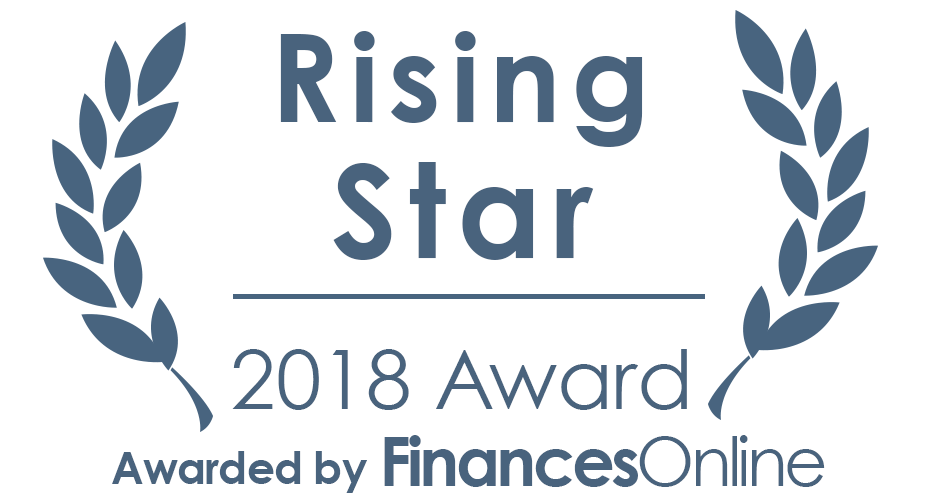If you want that to happen, first, there are a few things to understand—for instance, the evolution from e-learning to what 2021 generation solutions like Mindbox offer.
During the last decade, e-learning and LMS technologies were just reshaped following the move of the technologies. Driven by technology novelties, those solutions were not challenging because e-learning was not as engaging for employees as expected.
All those were made at first to satisfy the company’s concerns to have:
- easy dispatch of the training,
- data analytics,
- content management,
- and later the mobile delivery thanks to the development of smartphone technologies.
But results show that only a tiny percentage of employees use LMS.
Is it due to a feeling of replicating the classroom dynamic? Lack of interaction? The list of reasons could be extensive.

And mainly what money, time, motivation and energy are wasted…
So, at MindBox, we took the challenge to RETHINK all that.
Yes! RETHINK how to approach employee development and interaction between companies and their employees.
Our brains were in a kind of ‘Star-wars mode’, bringing our experiences of ex-trainees, having sent employees to training, making strategic decisions on company employee development, etc.
But then, we went wilder. Thinking about:
- What engaged us the most in digital environments? What do we like about that?
- What inspired us to transform the learning theory into an authentic experience?
- What could be the best out of our VR video game experience as engaged players and creative designers?
- What do we trash in our business bins after a quarter-century of management positions?
And surprisingly, we came up with simple results: to make four pivot criteria the core of our new app.
We speak about: TO CONNECT / TO INSPIRE / TO ENGAGE/ TO DEVELOP
Everything made to develop MindBox were articulated around those four pivot criteria. All that is true for the way we engaged in MindBox development, how we designed the app, and how we projected the future user experience…
Here we speak about ‘perspective’. The perspective of the persons who want to learn and are ready to move from theory to authentic experience.

Allow your employees to enjoy learning!
At Mindbox, we conceptualised what you and we all like, meaning:
For the employees/trainees/users
- on the move access
- mobile app
- Voice recognition – I reply verbally to the avatar. The reply is transcript into text and recorded as well.
- Micro-learning session (see our blog: This is the secret of micro-learning). Whenever and wherever I want – it is more exciting!
- One easy access to learning sessions and documents together
- to have the great feeling of the learning experience with tailored-made avatars and 3D environments.
… it is simply NEW!
For trainer / HR/marketing, sales management or any admin of the learning strategy:
- Friendly user web-platform – accessible by any authorised persons, no need to have IT background to understand!
- One-look overview of the company’s global learning strategy: trainees, training follow-up, trained skills and roles…
- Text-to-speech technology allows writing questions and texts to be transformed into verbal speech by the app.
- Easy text entry allows to prepare questions for training, feedback, or simply speeches to communicate about new services and company strategies…
- Access to replies in text format and as well recorded ones if needed.
- Individual follows-up, with a possibility to download session results in PDF – The best way to file and compile assessments results in case of onboarding session, security training etc.
This is MINDBOX, micro-learning technology for a better communication experience!
Enjoy the experience 🙂
Christophe Beaujard – happy to connect 🙂






















